3-tab or architectural asphalt? Tile or metal? Learn all about the different types of roof shingles!
How often do you think about your roof? Probably not often (
unless you need to replace it). Roofs may seem like a basic part of home construction, but there is a lot to know about them! There are a number of different types of roof shingles you can have on your home, and they range in cost, durability, lifespan, and the potential effect on your insurance premium. We'll tell you all about it, so read on!
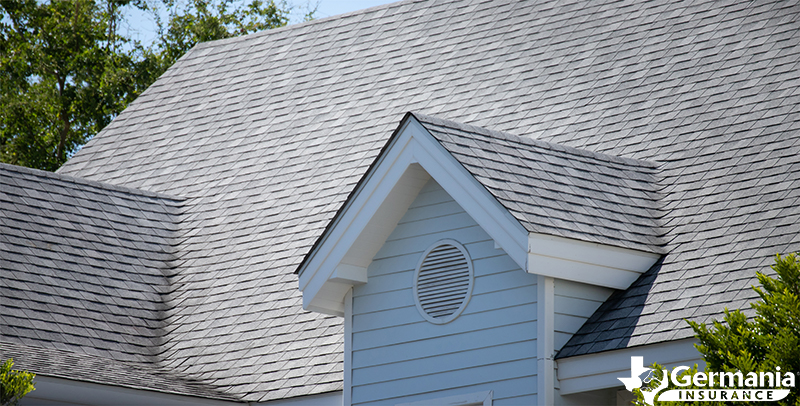
Asphalt shingle roofs
As the most popular roof shingle type for homeowners, asphalt shingles are affordable, readily available, and come in a variety of colors and styles.
The two most common asphalt shingles offered in residential roofing are three-tab shingles and architectural shingles. The latter provides higher-quality and longer-lasting protection from weather elements.
Three-tab asphalt shingles
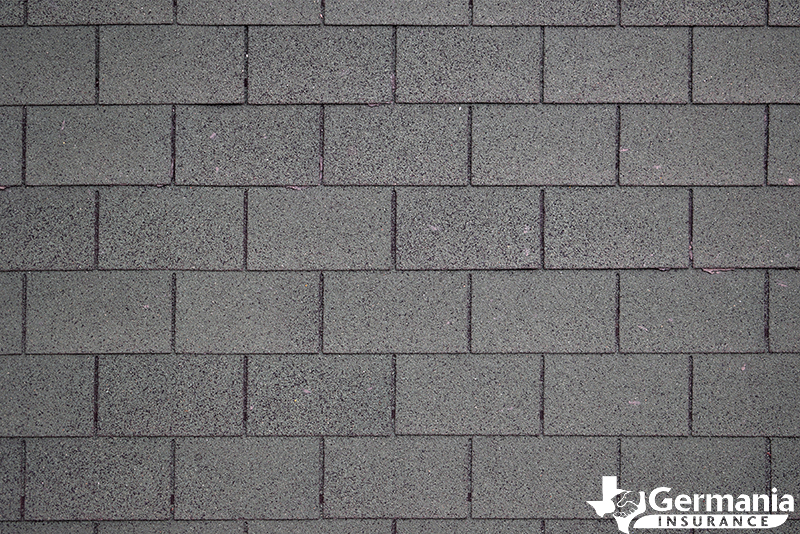
Three-tab shingles are your more basic and less expensive roof shingles easily recognized by their uniform, one-dimensional pattern. They are often referred to as "three-tab,” because each individual shingle contains three tabs that install completely flat on the roof. Because they are more affordable, your options for unique design elements are likely to be limited.
Their affordability also often comes at the cost of durability. As they age and weather, the chance that they are blown off or stripped by strong wind can increase. In optimal conditions, you can usually expect these to last around twenty years.
Architectural asphalt shingles
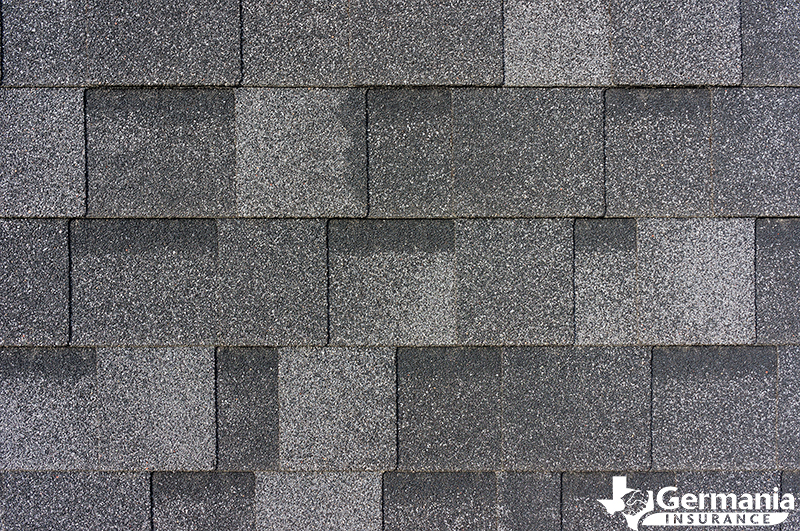
Architectural shingles ─ also known as dimensional or laminate shingles ─ are more durable and last longer than three-tab shingles. Although architectural shingles come in a variety of colors and styles, they are all made of two shingle strips laminated together, giving them a more dimensional base than the flat, three-tab shingle. In good conditions, you can expect them to last thirty years or more.
While architectural shingles typically cost more than their three-tab counterparts, they can help maintain or even raise the value of a home if properly installed. This type of shingle is becoming more popular in the roofing market, prompting many insurance companies,
like Germania, to acknowledge its value and prevalence among their policyholders.
What are asphalt shingles made out of?
There are two basic ways that asphalt shingles are manufactured.
Fiberglass. Fiberglass base mat coated with the asphalt and then ceramic granules. Architectural shingles are typically made in this fashion, making them more fire resistant and incredibly durable for the cost.
Organic base-mat. Rather than using a fiberglass base-mat, this method uses an organic material, such as felt paper, which is soaked in asphalt. They are then coated in an additional layer of asphalt, which the ceramic granules are then embedded into. While they are considered to be more malleable than their fiberglass counterparts, they are heavier and can become deformed over the years.
Germania recently introduced revised ratings for asphalt shingle roofs to better serve policyholders who choose the architectural shingles. Contact your agent if you have recently replaced your roof or have architectural shingles to ensure your home is insured to the correct value with the best available pricing.
Other roof shingle types
While most houses you'll see will have some form or fashion of asphalt shingle roof, there are a number of different types of roof shingles with various benefits, challenges, and uses.
Tile shingles
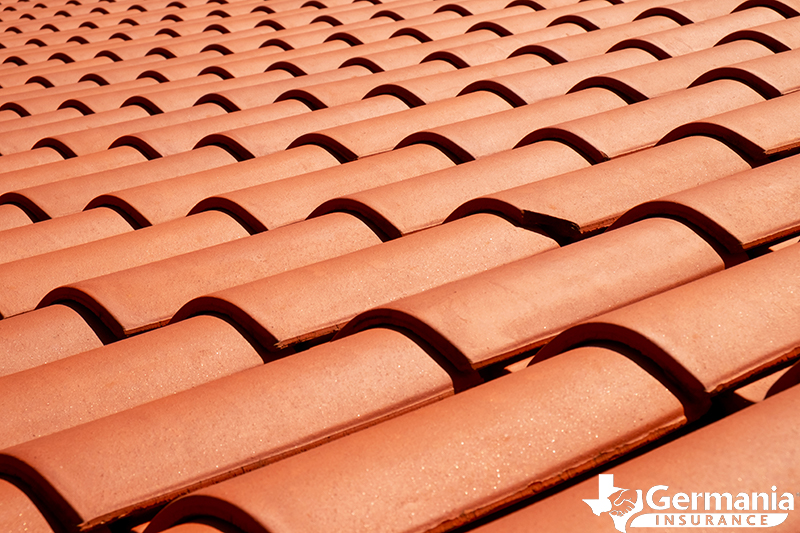
The term "tile shingle" is broad, and can refer to a variety of different styles and materials. The following are two of the more common varieties you are likely to come across.
Concrete. Concrete tiles are durable and affordable. However, the weight can be a big issue. If your home hasn't been designed with concrete shingles in mind, it can cause structural issues over time, or you simply may not be able to install them at all.
Clay. Again, weight can be an issue. Clay tiles are very stylish and can be used in classic designs, similar to those you might see in Spanish or Italian architecture. Unlike concrete, these can be much more expensive to install, which can cause higher insurance premiums.
Wood shingles
If you're looking to replicate that classic cottage look, wood shingles may be a viable option and are often chosen for their design properties.
While they can last if properly cared for, they are likely to cause issues with your insurance and your homeowners insurance premium. This is primarily because, as you can imagine, wooden shingles and shakes are very flammable, and can weather and deteriorate quickly.
Wood shingles. Wooden shingles are generally cut into uniform shapes. These resemble more standard types of shingles, except that they have the distinctive color and pattern of wood grain.
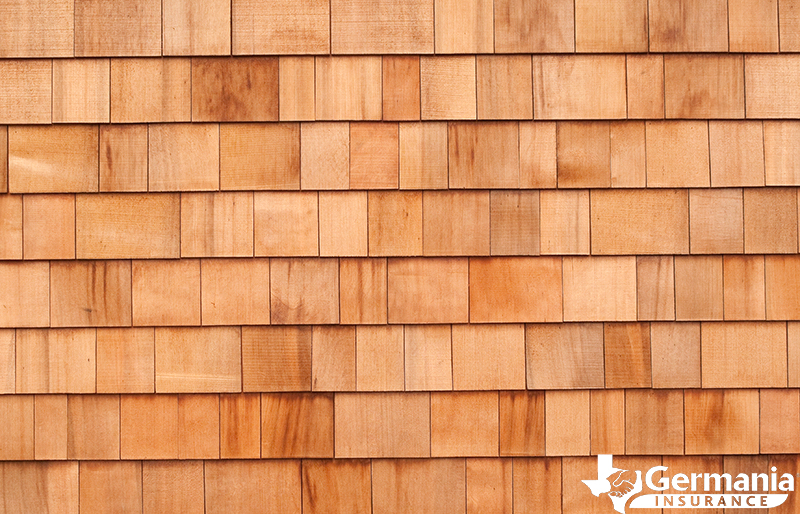 Wood shake.
Wood shake. Shakes, however, are a much more unique design. They are usually made from old cedar, and the logs are split rather than perfectly cut, giving them a more rustic appearance. Depending on the wood used, these can be quite expensive, and aren't the most environmentally conscious way to roof your house.
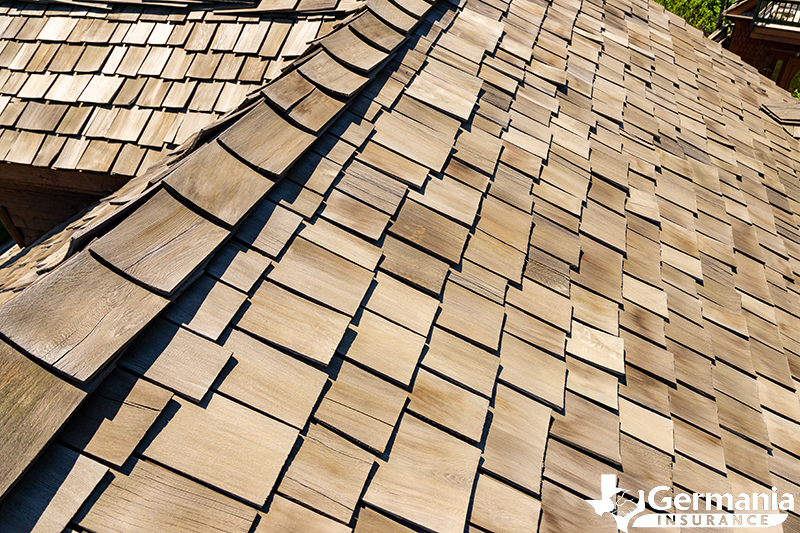
Slate shingles
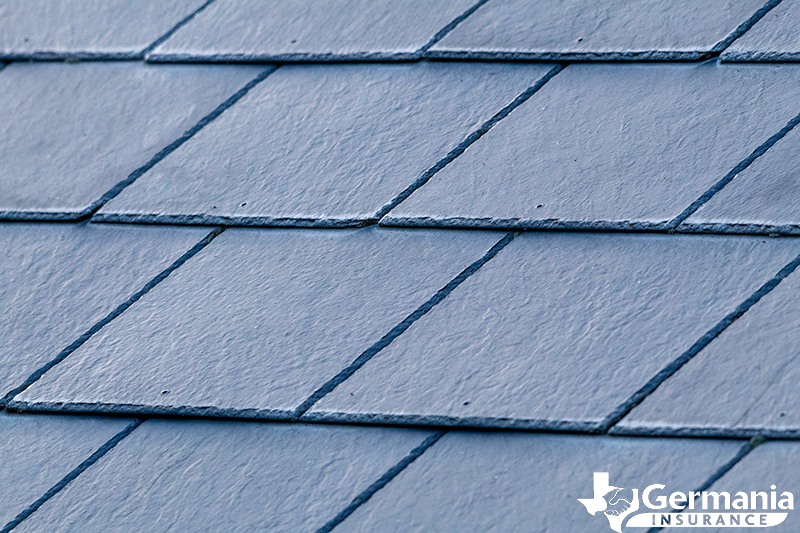
While you would be correct to consider slate shingles a form of tile, they are unique in that they are actually made from natural stone. This is great for longevity, but makes them incredibly heavy and expensive to install. They are, however, very fire resistant and environmentally friendly to produce.
Like other tile shingles, your home needs to be built sturdy enough to support the immense weight of slate shingles. Their high cost per square foot for installation also means that your insurance premiums are likely to be much higher.
Metal shingles and roofs
Metal roofs,
like those on some barndominiums, can have a number of advantages over other roofing options. While they are likely much more expensive than asphalt shingles, they are more affordable than many varieties of tile shingles. They are durable, lightweight, incredibly resistant to fire, and can last a lifetime if cared for and installed properly. They can even help you save on AC costs by deflecting solar rays!
Because of their properties, metal roofs are generally looked upon favorably by insurance companies. However, the impact that has on your insurance premium will no doubt vary from company to company.
Metal shingles. This type of metal roof is segmented into individual shingles meant to mimic traditional tlie shingles. They can often come in a variety of finishes and colors and can be made from a variety of metals, such as aluminum, copper, steel, and tin.
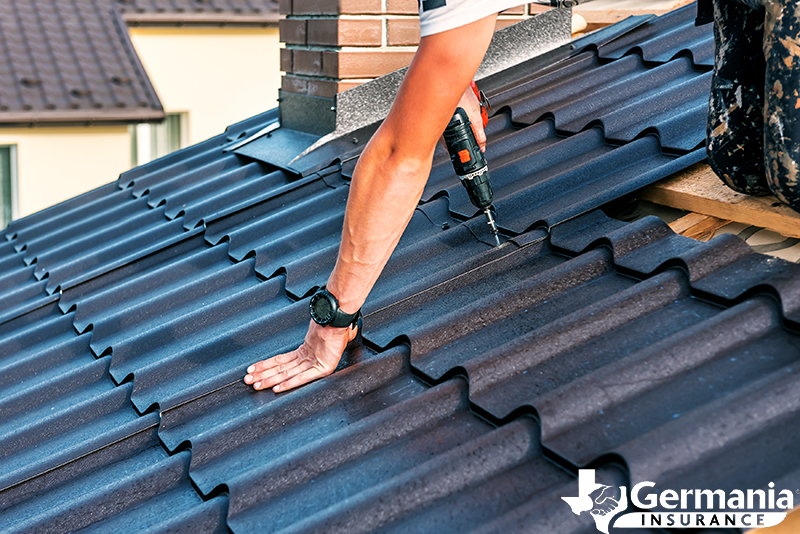 Segmented sheet metal.
Segmented sheet metal. This style of roofing is generally made from several large pieces of sheet metal. While the specific material varies, they are often made from corrugated, galvanized steel or aluminum.
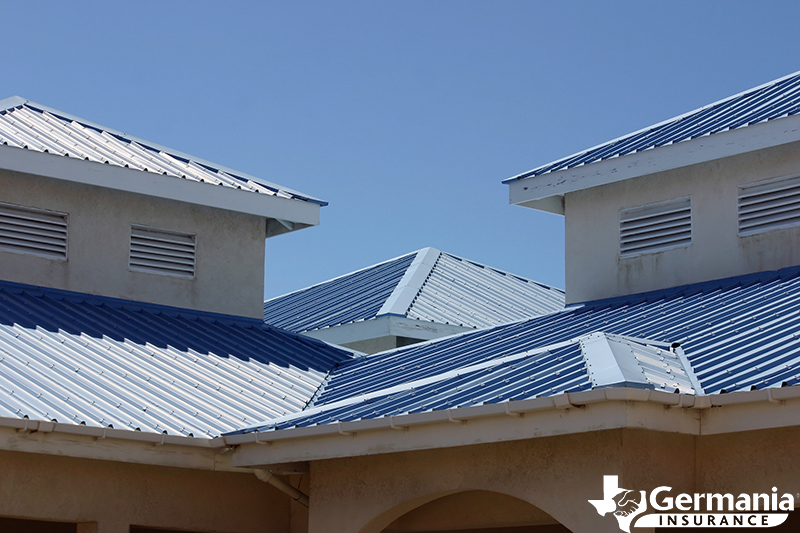
While there are dozens of different types of roof shingle options available today, more are always being developed. As technology advances, new roofing solutions, such as
solar shingles, enter the market (albeit for a hefty price).
Finding a roofing solution that fits your needs is a combination of affordability, durability, and style preferences. However, it is also important to consider how your roof will impact your insurance premiums.
If you're interested in learning about your home's specific roof type classification, it is typically listed on the declaration page of your insurance policy document. If you have further questions, consider contacting your insurance agent for more information.
 When you’re filing a claim, great customer service is essential. Since 1896, Germania Insurance has been the Insurance Texans Trust for great coverage and outstanding customer service. But don’t take our word for it! Hear what our customers have to say.
When you’re filing a claim, great customer service is essential. Since 1896, Germania Insurance has been the Insurance Texans Trust for great coverage and outstanding customer service. But don’t take our word for it! Hear what our customers have to say.
For more information about our insurance products, request a free quote online, or reach out to one of our trusted agents today!
Read more: Roof shingles are just one part of homeowners insurance.
Read our blog and learn all about homeowners insurance in Texas!